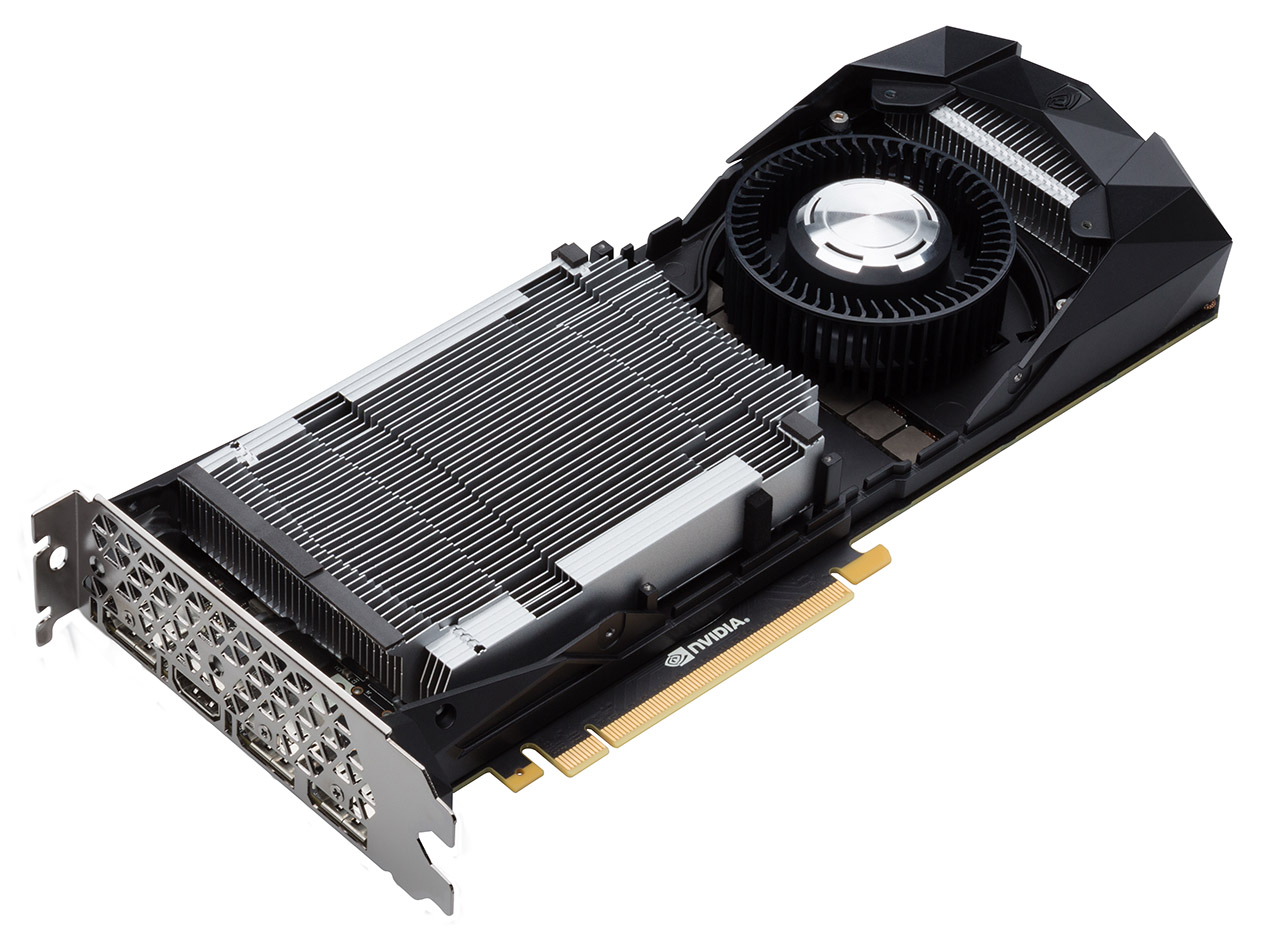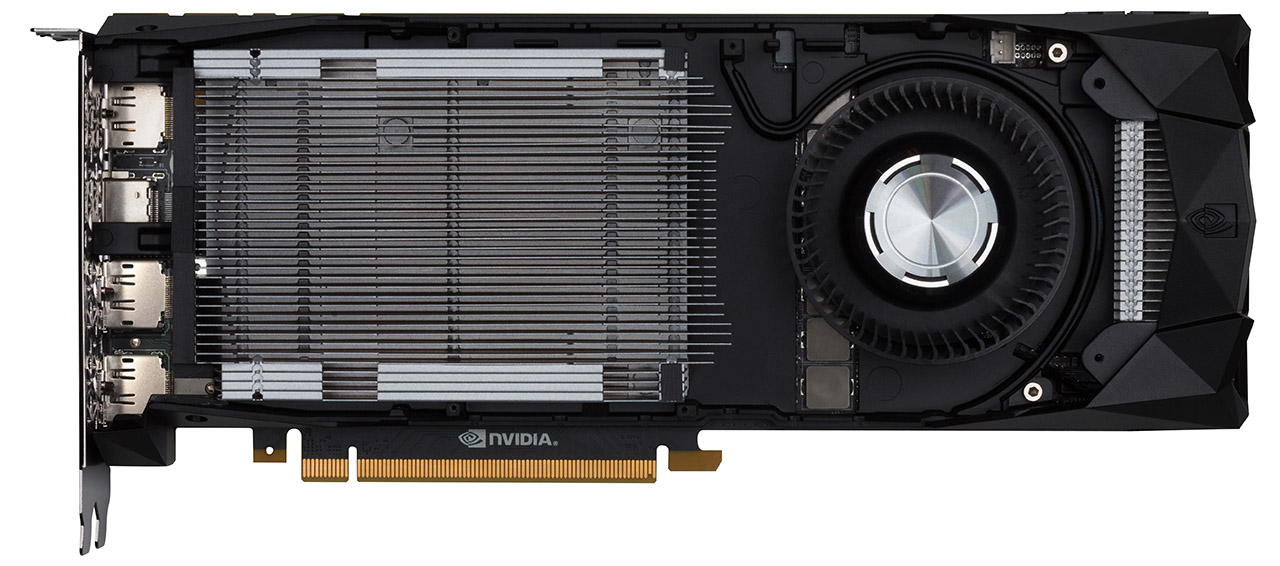Nvidia Titan Xp 12GB Review
Why you can trust Tom's Hardware
Conclusion
GeForce GTX 1080 Ti created an imbalance in Nvidia’s portfolio that pretty much doomed future sales of the original Titan X (Pascal). Titan Xp rectifies this with the most complete implementation of GP102 possible, aggressive clock rates, and 12GB of overclocked GDDR5X memory.
The resulting configuration is definitely faster than Nvidia’s GeForce GTX 1080 Ti and Titan X, though the advantage you enjoy depends on what you're playing and how it utilizes Nvidia’s GPU. Through our 10-game test suite, run at the highest detail settings available, Titan Xp averages 8%-higher frame rates than Titan X at 2560x1440 and a 9.5% improvement over its predecessor at 3840x2160.
To be sure, that’s really only quick enough to fix the issue of GTX 1080 Ti outperforming Nvidia’s old Titan X (Pascal). Few enthusiasts will find reason to spend $500 more on Titan Xp this late into Pascal’s cycle, with the first Volta-based GPU already generating buzz in data centers, and ahead of AMD’s eventual Radeon RX Vega launch.
No doubt, Nvidia anticipated a bit of indifference to Titan Xp. It even applied some of its own. Although the little ‘p’ appears on the card’s retail packaging, Nvidia left a Titan X logo on the fan shroud and neglected to remove its back-lit GeForce logo up top. On the outside, Titan Xp is almost indistinguishable from Titan X.
If we go back and take a more nuanced look at Titan Xp’s higher performance, we see that Nvidia did spend some time tweaking this card’s operational parameters. In order to accommodate GP102 with all of its resources enabled, using the same thermal solution and power target as GeForce GTX 1080 Ti, and then claim a similar GPU Boost-rated clock rate, the company needed to blow more air through its cooler. In typical gaming workloads, expect Titan Xp to maintain higher frequencies than the other GP102-based boards and make more noise as a result. Push too hard, though, and you’ll hit a power ceiling that knocks clock rates down to ~1.4 GHz, well below the GTX 1080 Ti. To Nvidia’s credit, Titan Xp’s fan curve under the most intensive tasks is smoother. The card’s temperature doesn’t rise as fast, resulting in a more balanced acoustic profile through our stress test. Still, it’s pretty clear that Nvidia gets everything it can from its reference cooler. Increasing fan speed under typical loads had to be a reluctant, but unavoidable choice.
Nvidia fancies Titan Xp as the choice “for extreme users where every drop counts.” If those last few percentage points are worth hundreds of dollars to you, then our observations won’t dissuade you from spending the extra money. Titan Xp doesn’t give you any additional gaming or compute functionality over GTX 1080 Ti, though, as GeForce GTX Titan did back in its day. So really, this story amounts to a bit of extra performance at the same exorbitant price point. It’s always hard to invoke the word value in a discussion of flagship-class graphics cards, but GeForce GTX 1080 Ti makes plenty of sense. Titan Xp does not. Of course, that’s precisely why certain enthusiasts will want it.
MORE: Best Graphics Cards
Get Tom's Hardware's best news and in-depth reviews, straight to your inbox.
MORE: Desktop GPU Performance Hierarchy Table
MORE: All Graphics Content
-
With this card Nvidia completed the current generation of their graphic chips. They are onto new one...the best company out there.Reply
-
TMTOWTSAC GPU makers are really going to have to hope QHD, 4k, machine learning, and VR really take off within the next 4 years.Reply -
dstarr3 Meet the new boss, same as the old boss. If all you need a GPU for is gaming, go one step down, save hundreds of dollars, at the cost of only a handful of FPS.Reply -
AgentLozen ReplyFreak777power said:With this card Nvidia completed the current generation of their graphic chips. They are onto new one...the best company out there.
I was thinking something similar while I was reading this. The Titan Xp represents the very furthest that the Pascal architecture can go. This current crop of cards from the 1050 to the Titan Xp will carry us to Volta's launch.
(wait, isn't there a card even smaller than the 1050? /shrug)
Edit: Why isn't this quote working?
Edit2: Figured it out =) -
AndrewJacksonZA "The Titan Xp represents the very furthest that the Pascal architecture can go. This current crop of cards from the 1050 to the Titan Xp will carry us to Volta's launch."Reply
I have to agree. Even though I don't like them as a company due to some of their business practices, I have to give them credit for being a stylish company that really pushes it and completes their line-ups - I like things to be *complete*... :-) -
AndrewJacksonZA Thanks for putting in the effort for this review, Chris! Appreciate your contributions around here. :-)Reply -
bentonsl_2010 Reply(wait, isn't there a card even smaller than the 1050? /shrug)
I believe you are talking about the 1030. This isn't really a gaming card however, it's more geared for e-sports streaming and HTPC type builds. -
hannibal Could you test this card with a water block?Reply
This seems to be monster that would really benefit from that... -
barryv88 $500 for a measly increase over the Ti. Add another $200 premium that Gsync screens cost over Freesync ones, and you've happily payed +- $700 Nvidia tax for the "New coolest kid on the block" title.Reply
Yeaaaa. Thanks, but no thanks! -
AgentLozen Replybarryv88 said:$500 for a measly increase over the Ti. Add another $200 premium that Gsync screens cost over Freesync ones, and you've happily payed +- $700 Nvidia tax for the "New coolest kid on the block" title.
Yeaaaa. Thanks, but no thanks!
You know if someone handed you a Titan Xp you would stick it right in your box without a second though.
bentonsl2010 said:I believe you are talking about the 1030. This isn't really a gaming card however, it's more geared for e-sports streaming and HTPC type builds.
Yes. That's the one.
I mentioned it to illustrate that nVidia has a very wide portfolio with something for everyone. Pascal has been a terrific generation for nVidia.


